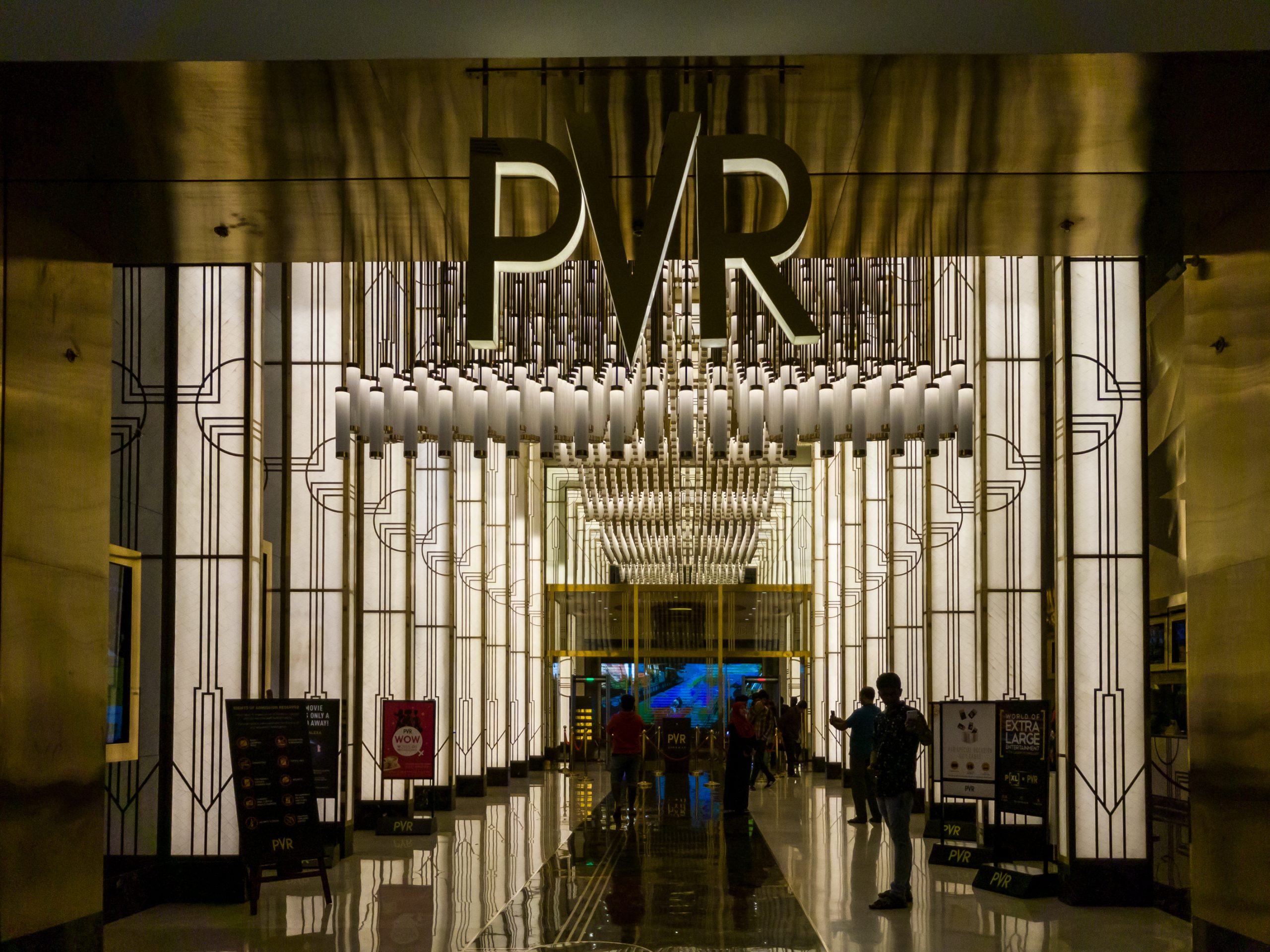
Kamal Gianchandani

The conversation focused on the state-of-affairs within the Indian cinema exhibition sector, especially as the Covid-19 pandemic continues to disrupt businesses across the world. Mr. Gianchandani shares valuable insights on how the exhibition industry coped during the pandemic, and the new trends that have surfaced in its wake.
On the impact of the pandemic, Mr Gianchandani said that the Indian film industry saw a 96% drop in the year of Apr 2020 – Mar 2021 – a decrease of roughly 11,000 Cr in revenue compared to the previous year. There has also been additional impact on revenues in terms of lost concession sales, and screen advertising sales, he observed.
However, he said that despite these unprecedented challenges, cinema operators have showed resilience and capacity to adapt. To that end, he said, between October 2020 – March 2021, when theatres were allowed to open, cinema operators worked on ensuring that staff and cinema goers were able to return to theatres safely.

Further, he said that once cinemas were allowed to open between Oct 2020 to Mar 2021, they faced new challenges like lack of new film content from the Hindi film industry, which forced them to focus on promoting regional and foreign language films. He expressed hope in the fact that even small budget regional content like ‘Jathi Ratanalu’ performed well in limited capacity screenings. Cash and liquidity management, crucial in these uncertain times, was key and the team at PVR succeeded in doing that, he added.
In addition, he said that cinema operators, including PVR, also actively pursued seeking support from the government – in terms of convincing them to permit cinemas to reopen, and to provide them with relief measures. This was done to ensure the industry was supported and could come back to a recovery process at the earliest.
Regarding the issue of piracy, he said that since it is the number one challenge faced by exhibitors in terms of revenue loss, the sector would be eager to see the regulatory environment become stricter, and to see incidents of piracy dealt with in a more stringent manner.
He mentioned that the Multiplex Association of India (MAI), along with content suppliers and studio partners, is committed to running anti-piracy campaigns in cinemas, ensuring that all precautions are undertaken, and remedial measures are in place in case of an incident of piracy is reported.
As for growth of screen density, he said that pre-Covid-19, a growth of about 350-500 screens per year was recorded. However, he continued, that due to the pandemic, the number of screens added this year would only be roughly 60-70 screens. In terms of bringing back pre-Covid-19 levels of overall growth, he opined that exhibitors’ efforts will begin to show results by 2023.
However, he believes that dealing with retail infrastructure will continue to be a challenge for the sector in the coming years, and dealing with the impact of Covid-19 will be an added challenge. He observed that for accelerating growth, help from the government in terms of investor-friendly policies and schemes would greatly benefit the sector.
In terms of the growth of OTT services and their impact on theatres, he said, “Though streaming platforms are great entertainment formats, there was and continues to be a need for people to experience watching a movie in a social environment, especially in times of uncertainty.”
On the role of technological innovations in audience engagement and enhancing the cinema experience, he mentioned that Augmented Reality (AR), Virtual Reality (VR), Glassless 3D, and 4D experiences will play a key role.
Continuing, he said that cinemas are also investing in enhancing essential digitisation services like WebInApps, and creating leverage with the help of digital marketing. For instance, he said, digital marketing plays a vital role in engaging PVR’s 2 Cr royalty members. He also touched upon PVR’s experiments with smaller personalised experiences for moviegoers like mobile-free screenings, wherein patrons leave their mobile phones outside the theatre to have a passive experience, surrendering completely to the art.
One concept he sees gaining traction in the near future is that of boutique cinemas. Though beginning as a reaction to Covid-19, he expects to see the premium movie-going experience becoming a norm.

For more insights on the matter, view our video interview with Mr. Gianchandani.